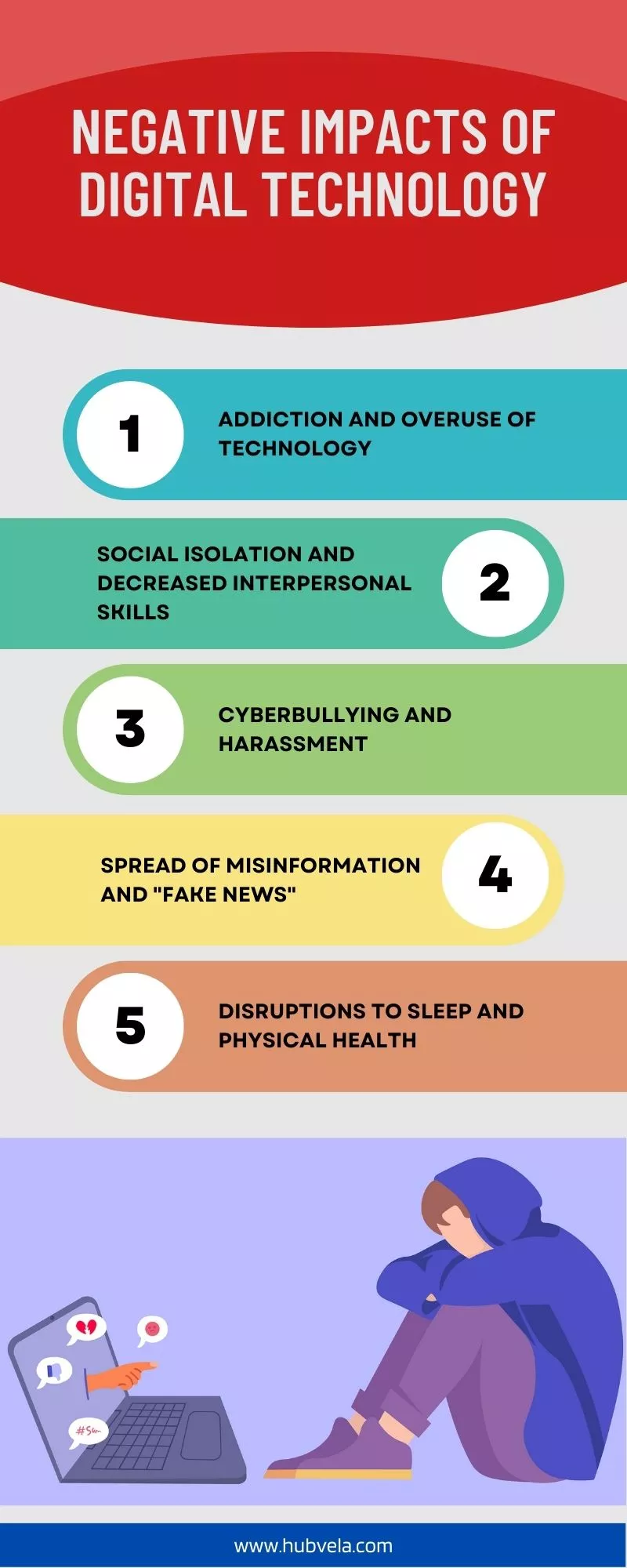Wildlife Conservation In The Age Of AI: Assessing The Positive And Negative Impacts

Table of Contents
Positive Impacts of AI in Wildlife Conservation
AI is rapidly transforming how we approach wildlife conservation, offering unprecedented capabilities for monitoring, analysis, and strategic decision-making.
Enhanced Monitoring and Surveillance
AI-powered technologies are revolutionizing wildlife monitoring and surveillance, offering far greater efficiency and effectiveness than traditional methods.
- Real-time data analysis: AI algorithms can process vast quantities of data from various sources – including camera traps, drones, and sensor networks – in real-time, providing immediate insights into wildlife activity.
- Early warning systems for poaching activities: AI can identify suspicious patterns and movements, providing early warnings to anti-poaching units, enabling faster intervention and reducing poaching success rates.
- Automated species and individual identification: Advanced image recognition and machine learning algorithms can automatically identify species and even individual animals, dramatically reducing the time and expertise required for data analysis.
- Large-scale habitat mapping: AI can analyze satellite imagery and other geospatial data to create detailed and up-to-date maps of wildlife habitats, assisting in conservation planning and management.
For example, the use of AI-powered drone surveillance in national parks in Africa has significantly reduced poaching incidents by allowing rangers to monitor vast areas more effectively and respond swiftly to threats.
Improved Species Identification and Tracking
AI algorithms are proving invaluable in identifying and tracking wildlife populations with far greater accuracy than traditional methods.
- Image recognition software for identifying endangered animals: AI can analyze camera trap images to automatically identify endangered species, even in challenging conditions, providing crucial data for population estimations.
- Acoustic monitoring for detecting animal calls: AI can analyze audio recordings to identify different species based on their calls, allowing for remote monitoring of elusive animals and providing insights into their distribution and behavior.
- Predictive modeling of animal behavior: AI algorithms can predict animal movement patterns and habitat use, providing valuable information for conservation planning and mitigating human-wildlife conflict.
A compelling example is the use of AI to identify endangered pangolins in camera trap images, significantly improving the efficiency of population monitoring efforts.
Optimizing Conservation Efforts
AI offers the potential to optimize resource allocation, improve conservation strategies, and enhance decision-making in wildlife management.
- Predictive modeling for habitat restoration: AI can model the effectiveness of different habitat restoration strategies, helping to identify the most efficient and cost-effective approaches.
- Optimizing anti-poaching patrols: AI can analyze crime data and environmental factors to optimize the deployment of anti-poaching patrols, maximizing their effectiveness and resource utilization.
- Identifying critical habitats for conservation prioritization: AI can help identify the most critical habitats for conservation efforts, allowing for the prioritization of limited resources and maximizing conservation impact.
For instance, AI is being used to model the impact of climate change on specific endangered species, helping conservationists to develop adaptive management strategies.
Negative Impacts and Ethical Considerations of AI in Wildlife Conservation
While AI offers transformative potential, its application in wildlife conservation also raises several important ethical and practical concerns.
Data Privacy and Security Concerns
The use of AI in wildlife conservation involves the collection and storage of large amounts of sensitive data, raising significant data privacy and security concerns.
- Data breaches: The risk of data breaches and unauthorized access to sensitive wildlife data is a serious concern, potentially jeopardizing conservation efforts and even endangering animals.
- Unauthorized access: Robust security measures are essential to protect sensitive data from unauthorized access and potential misuse.
- Potential misuse of information: There is a risk that data collected through AI could be misused for purposes other than conservation, such as illegal wildlife trade.
- Ethical concerns about tracking individual animals: Tracking individual animals raises ethical concerns about their privacy and potential disturbance.
The implementation of robust data anonymization techniques and strong security protocols is crucial to mitigate these risks.
Technological Limitations and Biases
AI algorithms are not perfect and can be susceptible to errors and biases, impacting the accuracy and fairness of conservation decisions.
- Algorithm inaccuracies: AI algorithms can produce inaccurate results, particularly when dealing with complex ecological systems or limited data sets.
- Biased training data leading to misidentification or flawed predictions: If the data used to train AI algorithms is biased, it can lead to inaccurate or unfair predictions, potentially harming conservation efforts.
- The need for human oversight: Human oversight is crucial to ensure the accuracy and ethical use of AI in wildlife conservation.
It is crucial to acknowledge and address these limitations through careful algorithm design, data validation, and ongoing human oversight.
Accessibility and Equity Issues
Ensuring equitable access to AI technologies for wildlife conservation is a significant challenge, potentially exacerbating existing inequalities between developed and developing countries.
- High cost of AI technologies: The high cost of AI technologies can create a barrier to entry for many developing countries with limited resources.
- Lack of technical expertise in developing countries: A lack of technical expertise in developing countries can hinder the effective implementation and utilization of AI technologies.
- Potential for exacerbating existing inequalities: Unequal access to AI technologies can exacerbate existing inequalities in wildlife conservation, leaving some regions and species underserved.
Initiatives promoting open-source AI tools and capacity-building programs are essential to address these challenges and ensure equitable access to AI technologies for wildlife conservation globally.
Conclusion
Wildlife Conservation AI represents a powerful technological advancement with the potential to revolutionize conservation efforts. From enhancing monitoring and surveillance to optimizing resource allocation, AI offers a range of significant benefits. However, we must also be mindful of the ethical and practical challenges associated with its use, including data privacy, algorithmic bias, and equitable access. The responsible development and implementation of AI technologies are critical to ensuring their effective and ethical use in protecting biodiversity. The future of wildlife conservation with AI hinges on a balanced and collaborative approach, fostering further research, responsible development of AI tools, and increased collaboration between scientists, conservationists, and technology developers. Let's work together to harness the transformative power of AI-driven wildlife conservation, ensuring a sustainable future for all species.

Featured Posts
-
 Conges Scolaires 2025 Wallonie Bruxelles Dates Et Periodes De Vacances
Apr 23, 2025
Conges Scolaires 2025 Wallonie Bruxelles Dates Et Periodes De Vacances
Apr 23, 2025 -
 Musks Priorities Questioned State Treasurers Pressure Tesla Board
Apr 23, 2025
Musks Priorities Questioned State Treasurers Pressure Tesla Board
Apr 23, 2025 -
 Okullar Tatil Mi Pazartesi Istanbul Da
Apr 23, 2025
Okullar Tatil Mi Pazartesi Istanbul Da
Apr 23, 2025 -
 Milwaukee Brewers Beat Cincinnati Reds 8 2 Chourios Impressive Performance
Apr 23, 2025
Milwaukee Brewers Beat Cincinnati Reds 8 2 Chourios Impressive Performance
Apr 23, 2025 -
 Lingering Effects Toxic Chemicals From Ohio Train Derailment Remain In Buildings
Apr 23, 2025
Lingering Effects Toxic Chemicals From Ohio Train Derailment Remain In Buildings
Apr 23, 2025
